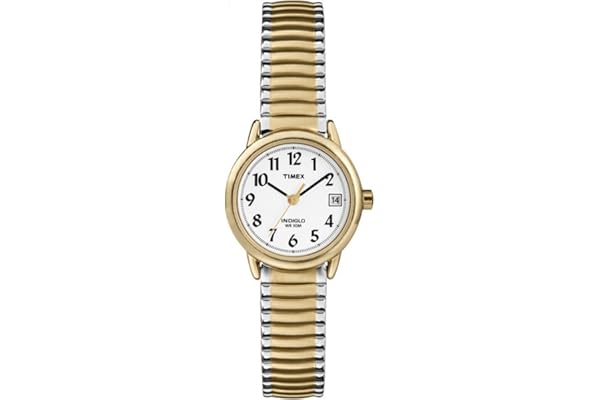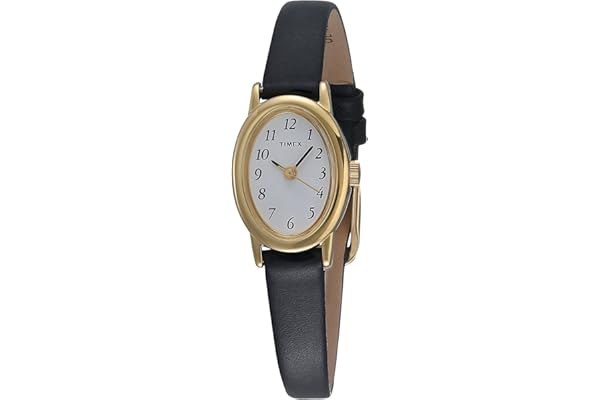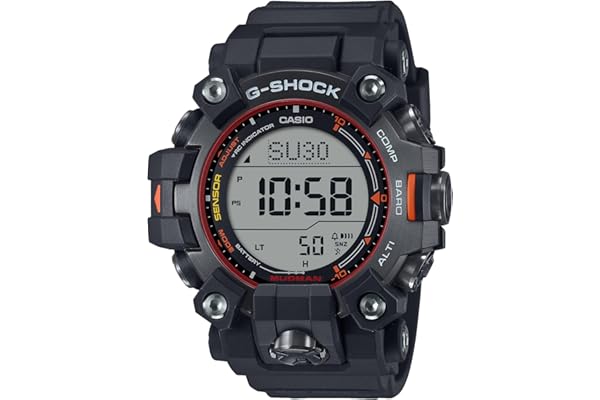Watches with Tachymeter Function: What is it and How Does it Work?
Contents
Understanding the Tachymeter Scale
The tachymeter is a crucial feature found on the bezels or dials of many chronograph watches. It is a scale used to measure speed based on time traveled over a fixed distance. The concept might sound complex at first, but it is incredibly useful and straightforward once you get the hang of it. A tachymeter can convert elapsed time in seconds per unit into speed in units per hour. This feature is particularly handy for motorsport enthusiasts, pilots, and anyone interested in calculating speed over a certain distance without the need for electronic devices.
Typically, the tachymeter scale is inscribed on the watch’s bezel or outer dial ring. The scale is calibrated to work with the chronograph function of the watch. By starting the chronograph at the beginning of a distance and stopping it at the end, the wearer can read the speed on the tachymeter scale. The tachymeter is calibrated so that if one covers a known distance, the speed can be read directly from the scale in units per hour. This is incredibly useful for measuring things like the speed of a car over a mile or a kilometer.
The magic of the tachymeter lies in its ability to provide accurate speed readings without needing complex calculations or external devices. For example, if it takes 30 seconds to travel one mile, the tachymeter will show a speed of 120 miles per hour. This is based on the scale which usually starts at 500 units per hour and decreases as the time taken increases. The watch’s tachymeter can thus serve as a quick reference tool for those needing to calculate speed or rate regularly.
The Historical Significance of Tachymeters in Watches
Tachymeters have a rich history and are an essential feature in many iconic timepieces. They gained popularity in the mid-20th century, especially with the rise of motorsport and aviation. Chronograph watches equipped with tachymeters became the go-to tool for professionals who needed precise timing and speed calculations. Brands like Rolex, Omega, and TAG Heuer incorporated tachymeters into their designs, making them staples in their collections and a favorite among watch enthusiasts.
The use of tachymeters can be traced back to the early days of watchmaking when the need for precise measurements was critical in industries such as aviation and automotive racing. Pilots and race car drivers relied on these instruments to calculate speed and distance accurately. The tachymeter’s integration into wristwatches allowed for greater convenience and accessibility, cementing its place in watch history.
One of the most famous uses of a tachymeter was during the Apollo 13 mission when astronauts used an Omega Speedmaster’s tachymeter to time crucial engine burns. This historical event highlighted the tachymeter’s practicality and reliability in high-stakes situations, further enhancing its reputation and desirability among watch collectors and professionals alike.
How to Use a Tachymeter
Using a tachymeter may seem daunting at first, but with a little practice, it becomes a straightforward process. First, you need to identify a known distance, such as a mile or a kilometer. Once you have that, you can start the chronograph function of your watch as you begin to travel the distance. When you reach the end, stop the chronograph, and the tachymeter scale will indicate your speed.
For example, if you are driving and want to measure your speed, start the chronograph when you pass a mile marker on the road. Stop it when you pass the next marker. If it took you 45 seconds to travel that mile, the tachymeter scale would show your speed as approximately 80 miles per hour. This method is not only practical but also provides a quick and efficient way to gauge speed without relying on electronic devices or additional equipment.
It is important to note that the tachymeter is best used for speeds typically encountered in vehicles or aircraft. It may not be as useful for very high-speed measurements or for distances less than a mile or kilometer, as the scale is calibrated for standard distances. Nonetheless, for everyday use and traditional speed calculations, the tachymeter remains a valuable tool for watch enthusiasts and professionals alike.
Tachymeters in Modern Watchmaking
In today’s watch market, tachymeters continue to be a popular feature in both luxury and functional timepieces. Many contemporary watch brands offer models with tachymeter scales, appealing to those who appreciate the blend of style and functionality. The presence of a tachymeter not only adds to the aesthetic appeal of a watch but also enhances its practicality, making it a desirable feature for collectors and users.
Luxury brands like Omega, Breitling, and TAG Heuer have consistently included tachymeters in their chronograph models, maintaining the tradition and heritage associated with this feature. These brands have also innovated in terms of design and technology, offering watches with improved accuracy and readability of the tachymeter scale. Modern materials and advancements in watchmaking have allowed for more durable and precise tachymeter watches that continue to serve their purpose in the 21st century.
Moreover, the tachymeter has transcended its original purpose, becoming a symbol of precision and craftsmanship in watchmaking. It represents a bridge between traditional timekeeping and modern functionality, attracting both purists and new watch enthusiasts. As a result, the tachymeter remains a key feature in many watch collections, admired for its historical significance and practical application.
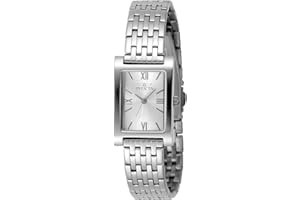 Invicta Angel Lady 19.50mm Stainless Steel Steel Silver dial PC21J Quartz $68.00 | 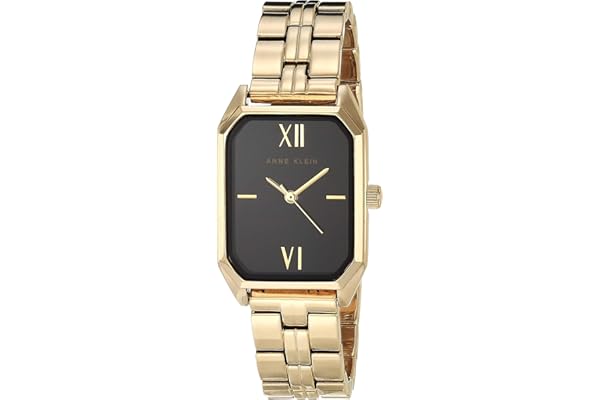 Anne Klein Women's Bracelet Watch $28.97 | 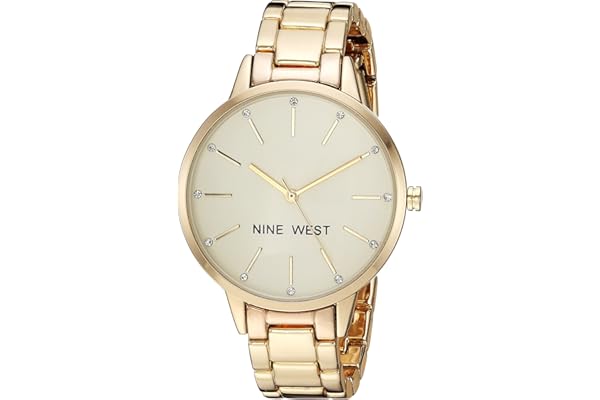 Nine West Women's Crystal Accented Bracelet Watch $18.39 - $41.65 |
Why Tachymeters Remain Relevant
Despite the prevalence of digital technology and GPS devices, tachymeters hold a special place in the hearts of watch enthusiasts and collectors. Their enduring appeal lies in their simplicity, reliability, and historical significance. Tachymeters offer a tangible connection to the past, reminding us of a time when mechanical ingenuity was at the forefront of technological advancement.
The continued relevance of tachymeters can also be attributed to their versatility. Whether used for professional purposes or as a conversation starter, tachymeters provide a unique blend of functionality and style. They serve as a reminder of the art and science of watchmaking, showcasing the craftsmanship and attention to detail that goes into creating a timepiece.
In a world dominated by digital technology, the tachymeter remains a testament to the enduring legacy of mechanical watches. It embodies the spirit of adventure, precision, and innovation that has defined watchmaking for centuries. As such, tachymeters will likely continue to captivate and inspire future generations of watch enthusiasts, preserving their place in the history of horology.

